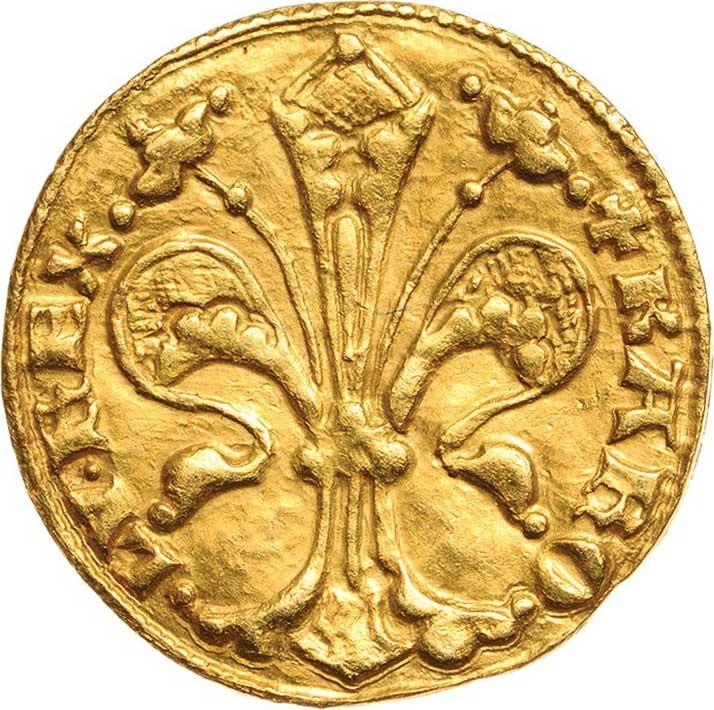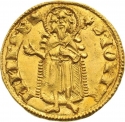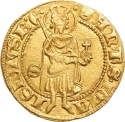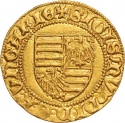You are about to finish your registration. Please check your mailbox (including spam folder). There should be a letter with a confirmation link. Check setting to make sure that your e-mail address is correct.
Send letter againDescription
Charles I, also known as Charles Robert (1288–1342), was King of Hungary and Croatia from 1308 until his death. A member of the Capetian House of Anjou, he was the son of Charles Martel and the grandson of Mary of Hungary, who had originally claimed the Hungarian throne. Charles first arrived in Hungary in 1300, but his early reign faced challenges from rival claimants and local oligarchs. After being crowned with the Holy Crown in 1310, Charles consolidated his power through military victories, including the decisive Battle of Rozgony in 1312, and by neutralizing influential nobles.
Charles reformed the kingdom’s administration by introducing "office fiefs" to ensure the loyalty of his officials and established the Order of Saint George. He promoted economic growth through gold mining, making Hungary a leading gold producer, and initiated commercial and diplomatic efforts, notably the Visegrád Congress of 1335. Despite facing setbacks such as the Battle of Posada and the persistence of Croatian autonomy, Charles’s reign laid the groundwork for Hungary’s later achievements under his successor, Louis the Great.
Obverse

|
Depicts a decorative Anjou lily surrounded by the inscription "King Charles." + KARO LV · REX · |
|---|---|
Reverse

|
Depicts a standing portrait of Saint John the Baptist. He is shown with a halo of pearls around his head and holding a scepter. The inscription "Saint John" runs around the edge of the coin, interrupted by a depiction of a crown. ·S·IOHANNES·B· |
| Edge |







